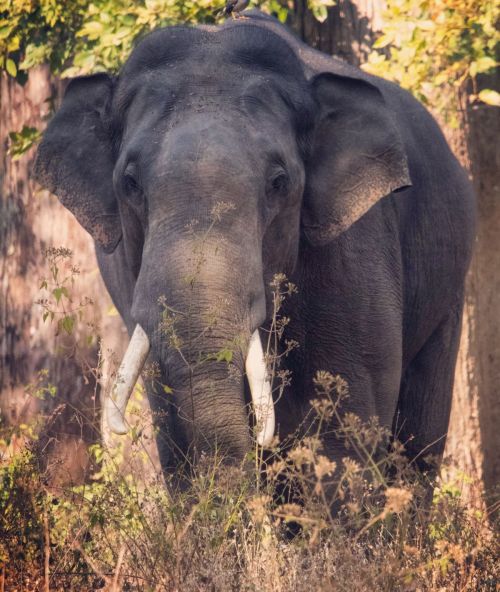11 facts about Syrian brown bear
The Syrian bear (Ursus arctos syriacus) is the smallest of the brown bears. It lives in the highlands of the Middle East, but its population is system ...
Pandas are incredibly strange representatives of Bears (Ursidae family). Despite being carnivores, most of their diet consists of plants. Interestingly, they have no anatomical adaptations for such a diet. The panda's digestion of plants is done by microorganisms living in its digestive system, without which it would not be able to eat its favorite bamboo.
The giant panda is the only living representative of the pandas, and although the species was threatened with extinction, thanks to intensive conservation efforts, its population has been increasing in recent years. It has also been possible to breed pandas in captivity, which is not a simple thing and initially resulted in the deaths of many cubs.












